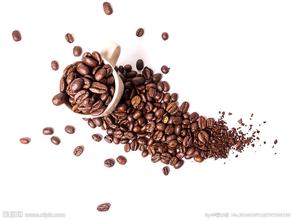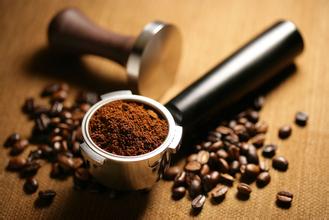Introduction to the flavor description of Ethiopian Yega Xuefei G2 washing cup
Introduction to the flavor description of Ethiopian Yega Xuefei G2 washing cup
Yejassefi's coffee trees were planted by European monks (a bit like Belgian monks growing wheat to brew beer) and were later transferred to farmers or cooperatives. Yejia Chuefei is actually constructed by surrounding coffee communities or cooperatives, including Edido Idido, Hafusa Harfusa, Hama Hama and Biloya near Fog Valley Misty valley, all washed with water, but there are also a small number of off-product beans engraved with sun to enhance the charming fruit aroma and mellow thickness. These mountain villages are foggy, like spring all year round, with a gentle breeze in summer, cool but not hot, rain but not damp, and no cold damage in winter, giving birth to a unique regional flavor of citrus and flowers. Coffee trees are mostly planted in farmers' own backyard or mixed with other crops in the field, the yield per household is not much, it is a typical rural coffee. Yega Xuefei won the prize beans almost from the above-mentioned coffee villages and communities.
Essel coffee is processed by two processing methods: sun and water washing. The flavor of coffee processed by different processing methods is very different. Generally speaking, the alcohol thickness and soil taste of washed Sidamo, Yirgacheffe and Limmu coffee are slightly lower, and the taste of sun-processed coffee is more wild. But the taste of Essex coffee may be different from batch to batch, which requires more cup tests in order to find really good coffee.
Yirgacheffe is one of the most unique coffee beans in the world: it has a warm aroma of flowers, lemon, thick acidity but soft and smooth taste.
The name Ethiopia Yirgacheffe comes from a variety of coffee. This kind of coffee has a slightly bitter taste in the mouth, but the throat rhyme has a sweet taste, which has been maintained for a long time.

Important Notice :
前街咖啡 FrontStreet Coffee has moved to new addredd:
FrontStreet Coffee Address: 315,Donghua East Road,GuangZhou
Tel:020 38364473
- Prev

Flavor description of Brazilian Hilado Coffee Bean introduction to the producing areas of varieties by taste treatment
Flavor description of Brazilian Hillado Coffee beans Taste treatment Variety region was introduced three years later in 1995, 55 cities, the Serrado region of Minas Gerais, was designated as the first certified coffee producing region of the Brazilian government. In 1997, officially participated with the company Kaseru banknotes, as the representative of Japan, will supply coffee to Serrado development, we today
- Next

Steps for individual coffee beans and roasted coffee beans-Starbucks Italian roasted coffee beans
Steps for individual coffee beans and roasted coffee beans-Starbucks Italian roasted beans the best coffee in Central and South America is graded according to planting altitude, and beans above 4500 feet above sea level are marked as SHB (extremely hard bean Strictly HardBean); AA+ is the highest grade of Kenyan coffee, and only batches with particularly excellent flavor and few defects are allowed to mark AA+,AA as the largest.
Related
- Detailed explanation of Jadeite planting Land in Panamanian Jadeite Manor introduction to the grading system of Jadeite competitive bidding, Red bid, Green bid and Rose Summer
- Story of Coffee planting in Brenka region of Costa Rica Stonehenge Manor anaerobic heavy honey treatment of flavor mouth
- What's on the barrel of Blue Mountain Coffee beans?
- Can American coffee also pull flowers? How to use hot American style to pull out a good-looking pattern?
- Can you make a cold extract with coffee beans? What is the right proportion for cold-extracted coffee formula?
- Indonesian PWN Gold Mandrine Coffee Origin Features Flavor How to Chong? Mandolin coffee is American.
- A brief introduction to the flavor characteristics of Brazilian yellow bourbon coffee beans
- What is the effect of different water quality on the flavor of cold-extracted coffee? What kind of water is best for brewing coffee?
- Why do you think of Rose Summer whenever you mention Panamanian coffee?
- Introduction to the characteristics of authentic blue mountain coffee bean producing areas? What is the CIB Coffee Authority in Jamaica?

